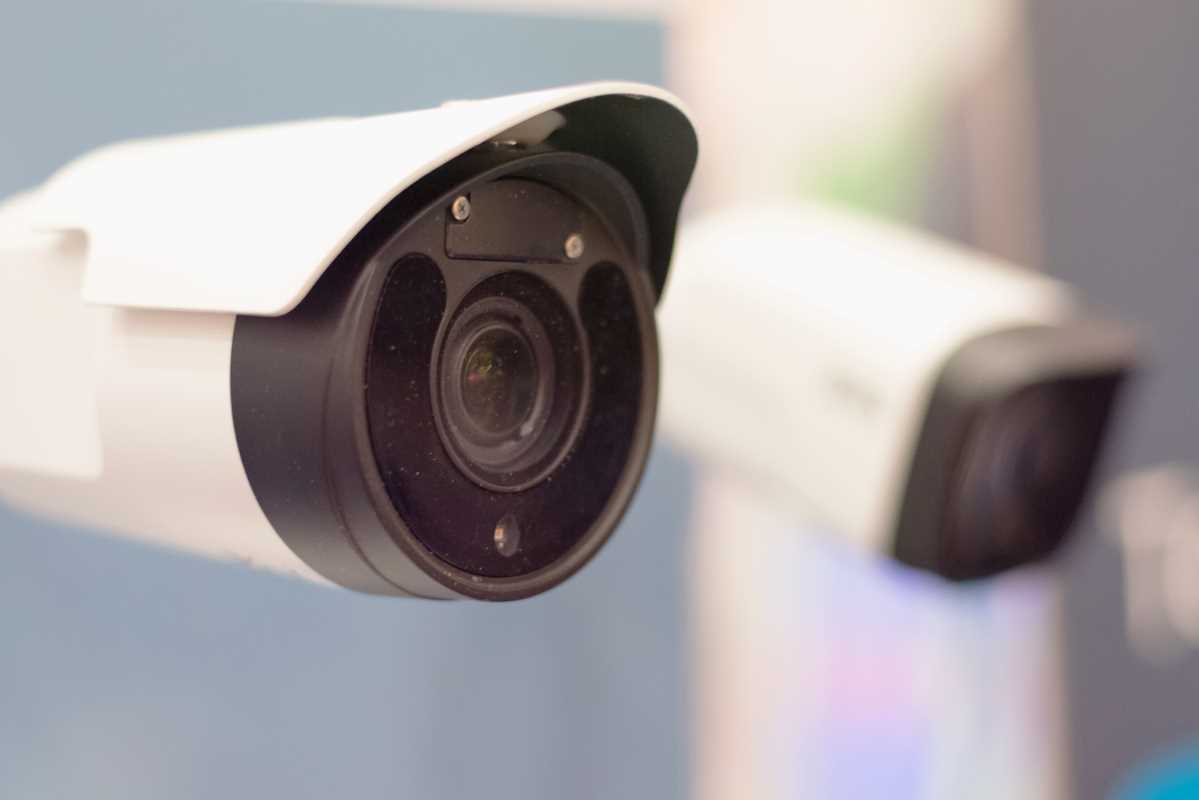Finding the right child care for your family can be one of the most challenging decisions you make as a parent. You want to know that your child is safe, happy, and engaged while you're away, but some child care services come with hidden risks that aren’t always obvious during a quick tour or meeting. Everything from staff qualifications to emergency protocols can make a difference in your child’s well-being. Knowing what details to focus on gives you the tools to identify a quality child care provider and avoid pitfalls that might jeopardize your peace of mind. By looking for these red flags, you can trust that you're making a fully informed choice regarding your child’s care.
Pay Attention to Staff Credentials and Training
Child care staff should be more than just warm and caring. The best providers hire employees with proper training in child development, first aid, and safety procedures. Look for certifications like CPR or courses specific to early childhood education.
Ask directly about staff qualifications during your visit. Providers who prioritize well-trained staff will be open about their hiring practices and ongoing training programs. Some child care centers offer continuing education for their employees to keep them updated on safety guidelines and teaching methods.
Avoid providers who can’t clearly outline how they prepare their staff. Employees without basic qualifications might not handle emergencies well or provide the structured environment your child needs to thrive.
Observe Cleanliness and Safety Standards
Your child’s environment plays a major role in their health and safety. Unsanitary conditions or poorly maintained spaces can pose hidden risks that aren’t immediately apparent.
Inspect classrooms, play areas, and common spaces carefully. Dusty surfaces, unclean bathrooms, or broken toys should raise concerns. A clean environment shows that a provider takes health seriously and reduces the chance of illnesses spreading among children.
Safety hazards like uncovered electrical outlets, missing baby gates, or poorly secured furniture are equally concerning. Reliable child care centers follow strict safety protocols and keep their spaces free of potential dangers. Ask about how often the facilities are cleaned and what precautions are in place to childproof the areas where kids will spend their time.
Ask About Child-to-Staff Ratios
Too many children per caregiver can lead to burnout and inattentiveness among staff. Smaller child-to-staff ratios allow professionals to provide more individual attention, which is especially important for young children who need personalized care and supervision.
The ideal ratio depends on your child’s age. For infants under 12 months, recommended ratios are one caregiver for every three or four babies. Older toddlers or preschoolers may do well in slightly larger groups, but anything stretched too thin signals a potential problem.
During your visit, count how many children are in each group and compare it to the number of caregivers present. Providers should not only meet state-mandated ratios but be willing to maintain lower ones for higher-quality care.
Review Policies on Discipline
How a provider approaches discipline speaks volumes about their values. No one likes to think about their child misbehaving, but it’s important to choose a care center with methods you agree with and trust.
Ask about the center’s approach to handling tantrums, disagreements between children, or other challenges. Positive discipline methods like redirection or teaching conflict resolution are signs of a well-run facility. Punitive measures like time-outs or loss of privileges should be used sparingly and age-appropriately.
Request a written copy of the discipline policy and compare it to your parenting philosophy. Consistency between home and child care makes transitions easier for kids and reinforces the same boundaries across environments.
Examine Food and Nutrition Policies
Meals and snacks provided by the child care center should meet nutritional standards and accommodate dietary needs. Poor-quality food or lack of attention to allergies can cause big problems down the road.
During your visit, ask what types of snacks and meals the center provides. Providers focused on child health will offer balanced options including fruits, vegetables, and whole grains. Be wary if menus are heavy on processed or sugary items.
Find out how meals are handled for kids with food allergies or specific dietary requirements. Infants or younger children might need bottles and prepared food brought from home. A quality provider should have clear procedures for managing allergy risks, including separating food prep areas if needed.
Look into Emergency Protocols
Knowing how a child care provider handles emergencies is a must. Fire drills, natural disaster plans, and illness policies should be in place for the safety and health of every child.
Ask what protocols are followed in various scenarios. You should know how they evacuate in case of a fire or where children are relocated during extreme weather events.
Medical emergencies should also be addressed. Reliable providers will have immediate access to first aid supplies and policies for contacting parents or emergency services when necessary. Pay special attention to whether staff members seem knowledgeable and confident in explaining procedures.
Watch for Signs of Poor Communication
Good communication with parents builds trust and keeps you informed about your child’s experience. Providers who rely on vague updates or fail to communicate promptly might be signaling deeper organizational issues.
Ask how often and in what format updates are provided. Notifications about meals, naps, or milestones should come regularly through apps, written reports, or in-person conversations at pickup.
Be cautious if the communication feels overly rehearsed or lacks detail. A parent who questions a minor issue (like a missed nap or snack) should receive prompt clarification, not defensive or dismissive responses.
Monitor How Children and Staff Interact
Body language and emotions speak louder than words when it comes to assessing relationships between staff and children. Providers who genuinely care will foster emotionally supportive environments where kids feel comfortable and secure.
Watch how staff engage with the children during your tour or trial period. Caregivers should get down on kids’ level, show active interest in their activities, and respond warmly to their needs. Interactions filled with frustration or distant, robotic responses raise red flags.
Verify Licensing and Accreditation
Licensed providers meet basic safety and operational standards required by the state. Accreditation takes things a step further, signifying excellence in areas like curriculum, safety practices, and staff training.
Ask for proof of licensing and accreditation, and cross-check this information with local regulatory agencies or directories for your region. Centers unwilling to share these details shouldn’t be at the top of your list.
Accreditation from organizations like the National Association for the Education of Young Children (NAEYC) is a great sign. It’s a voluntary process that shows the provider goes above and beyond to prioritize quality care.
Check for Parent Reviews or References
Hearing firsthand experiences from other parents is one of the best ways to gauge a child care service. Online reviews, local community groups, or even direct references provided by the center can offer insight into what you can truly expect.
Pay attention to recurring themes in feedback. Consistent praise for flexibility or attentiveness strengthens trust, while repeated complaints about fees or facilities might warrant a second look.
Trust Your Instincts
Gut feelings matter. It’s natural to feel protective when choosing child care, so listen to your instincts about what feels right for your child. Providers who make you feel welcome, answer questions openly, and show genuine enthusiasm for children are likely to offer a positive experience.
 (Image via
(Image via





